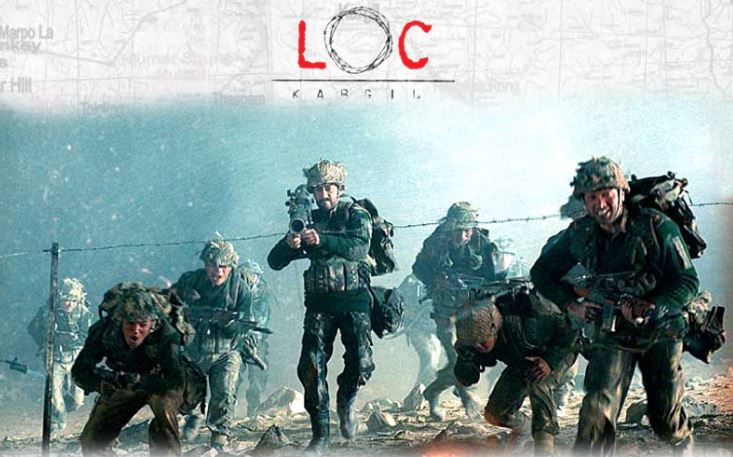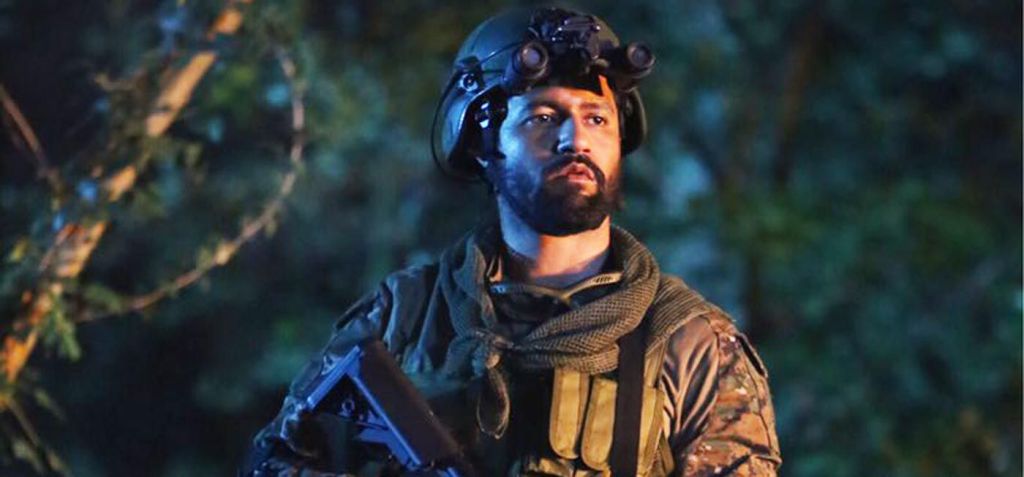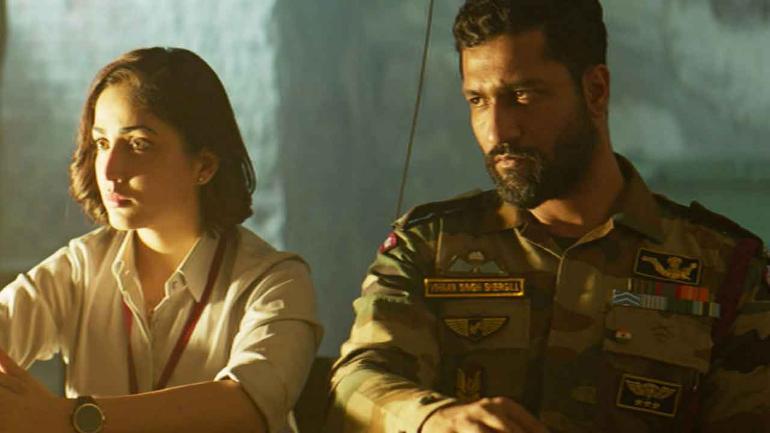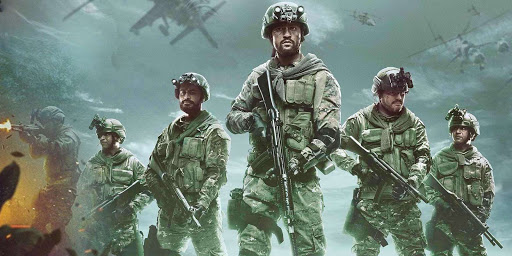
Uri: The Surgical strike was a Hindi movie (Bollywood) from last year, starring Vicky Kaushal as the protagonist but boasting of other talented actors including Paresh Rawal. Uri: The Surgical Strike is based on the 2016 Pakistan sponsored terrorist attack on the Indian Army camp at Uri which led to the deaths of 23 Indian soldiers and 4 terrorists and the subsequent Indian retaliation across the Line of Control, attacking terrorist camps in Pakistan Occupied Kashmir.
The plot of the movie is simple as it is based on real life events. However, where the movie deviates from the usual Bollywood war movies, is how the story is told. The movie is divided into five parts:
1. The Seven Sisters (North East India) – depicting the protagonist’s operations against North Eastern insurgents.
2. An Unsettling Peace (New Delhi) – depicting the protagonist’s life in the capital – away from his unit, in a peace locale, to take care of his mother who has Alzheimer’s. It also shows his friendship with his sister’s husband, who also serves in the protagonist
3. Bleed India with Thousand Cuts (Uri, Jammu and Kashmir) – depicting the Uri attacks in 2016, where the protagonist’s brother-in-law and best friend dies during the attacks. India begins planning for a counter-strike behind enemy lines, for which the protagonist volunteers to lead the assault.
4. Naya Hindustan (New Delhi) – depicting India’s preparations for the counter-strike and the surgical strike. It describes how targets were chosen and the methods used to disguise the preparations.
5. The Surgical Strike (Pakistan occupied Kashmir) – depicts the actual surgical strikes, where Indian army commandos cross over into Pakistan occupied Kashmir, and attack terrorist training camps before returning across the Line of Control into India.
Now, the political statements supporting or deriding the surgical strikes are a matter of debate. Pakistan continues to deny the existence of terrorist camps in its territory despite evidence, so an attack by India would also have to be denied as a successful attack would mean the existence of such camps.
The point of this is not to engage in this debate. Uri: The Surgical Strike’s greatest achievement is in pushing the development of the war film genre. The realistic feel of the movie, the visual impact of the stories within the story and the depiction of the operation, allowed us to think of the movie as an advancement in Indian cinema’s ability to tell war stories.

Indian cinema, with Uri: The Surgical Strike, felt more mature especially comparing it with the JP Dutta war epics like Border or LOC: Kargil. The over the top patriotism and the excessive musical numbers in a war film, seemed childish and irrelevant to the story. Border, where Sunny Deol’s ability to single-handedly defy an entire Pakistani tank division and have the eyesight to put a bald eagle to shame, as he gave a thumbs up to an Indian Air Force pilot who blew up the tank about to kill Sunny Deol as he lay helpless on the ground, is what defined the Indian war movie before Uri: The Surgical Strike

Border was still cinematic excellence, when compared to four hours or possibly eternity that was J.P. Dutta’s LOC: Kargil, where a whole hour was wasted in justifying hiring several Bollywood actresses to do nothing aside from being the love interest of a particular character and shed countless tears at the end. LOC: Kargil, though depicting a war, more recent in Indian memory, failed to connect us with the characters as the storytelling was extremely chaotic.

Indian war films suffer from their tendency to do too much of everything. They need to show that they are covering a serious story, yet feel the need to insert song and dance sequences for no reason except the thinking that Indian viewers weren’t mature enough to understand that as bombs fall around, singing and dancing isn’t really the way to go.
Uri: The Surgical Strike, does have patriotic songs but they are always in the background. There is no sudden dream sequence for the protagonist to have a song/dance number with his love interest. In fact, in Uri: The Surgical Strike, the women are active members of the planning and assault team instead of just being a sullen, love interest, waiting for the man to come home. It is a movie that is reflecting reality of modern India instead of holding on to an archaic notion.

Apart from Uri: The Surgical Strike, the movie which came closest to reflecting a real portrayal of the Indian military or covering a particular war, was Lakshya, with Hrithik Roshan as the lead actor. The movie also had a strong feminist lead in Preity Zinta and was in fact, an excellent movie which told a good story. However, the Lakshya was defined by Hrithik Roshan and his character’s inability to become a mature young man who understood responsibilities. It could not really be deemed a war film as much as it felt like a coming-of-age film. So, Uri: The Surgical Strike can be considered a true trailblazer for Indian cinema.

For any foreign viewers, if you like war films and want to watch a foreign film, pick up Uri: The Surgical Strike. Fast paced and full of action and unlike other Bollywood films, not long. Definitely worth the watch.
JAY’S VERDICT
One of the best war films to come out of Bollywood – an extremely well-made and realistic portrayal of the surgical strikes by the Indian Army

how do i get a copy of the film? it looks like a quality film.
LikeLike
You can stream it on Zee5 or if you have access to downloads you can get it through torrents.
LikeLiked by 1 person